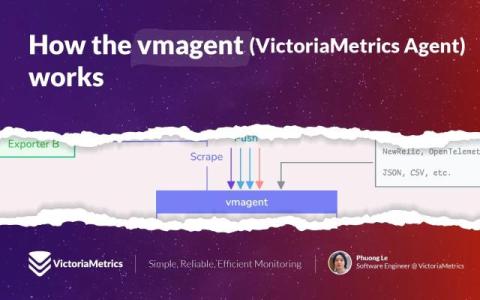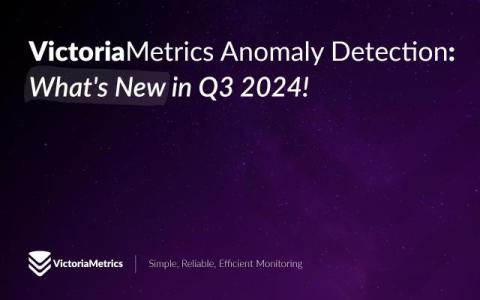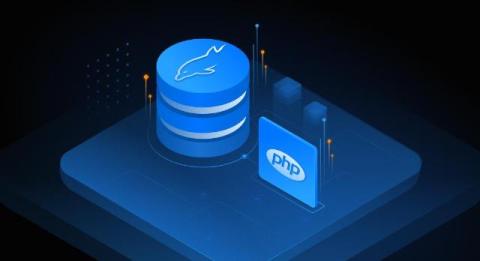How to Change a Table Name in MySQL in Different Ways
In one of our previous articles, we discussed how to rename a database in MySQL in detail. In this article, we will focus specifically on renaming tables in MySQL. Rename table operations are common. Quite often, as business situations and requirements change, it becomes necessary to change the names of tables in MySQL databases.











